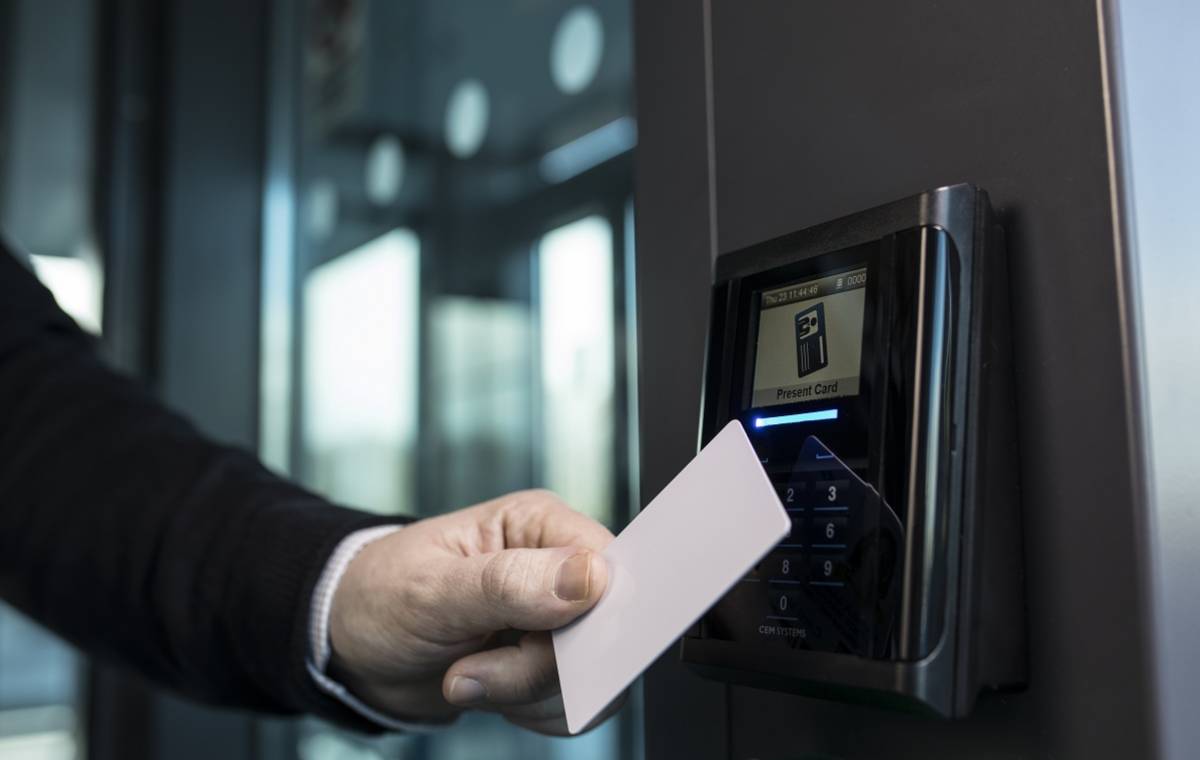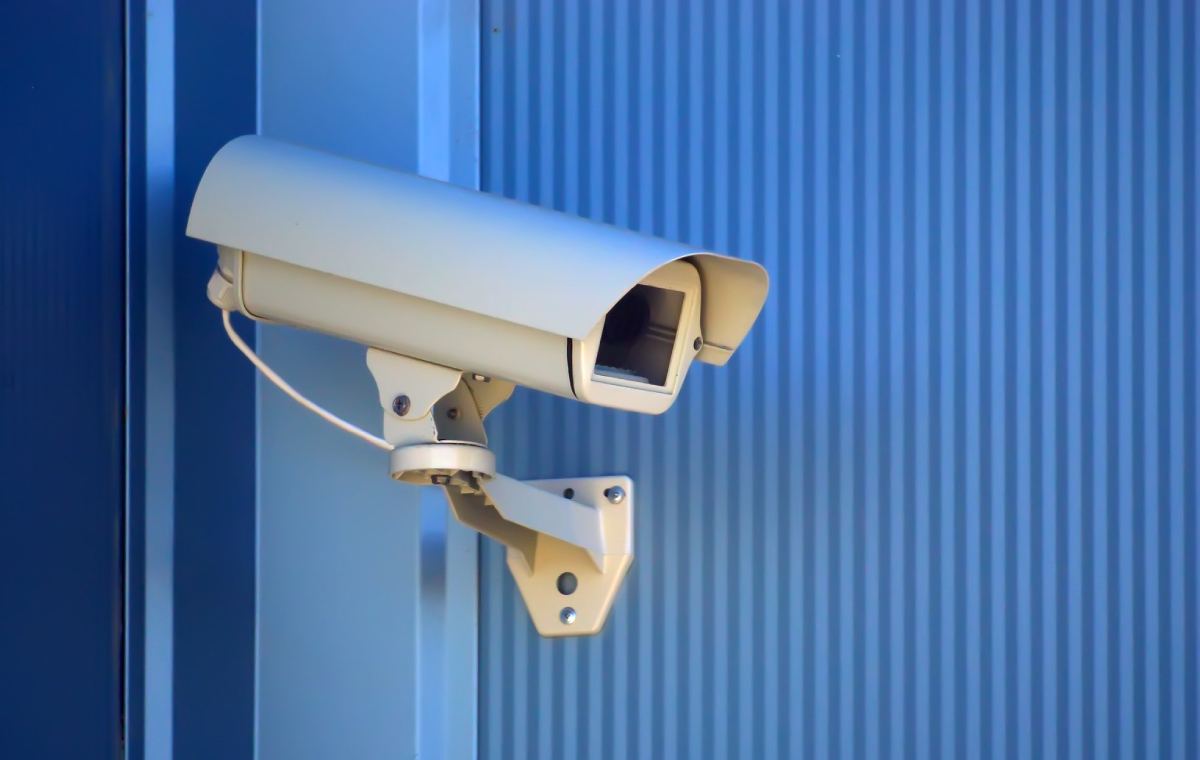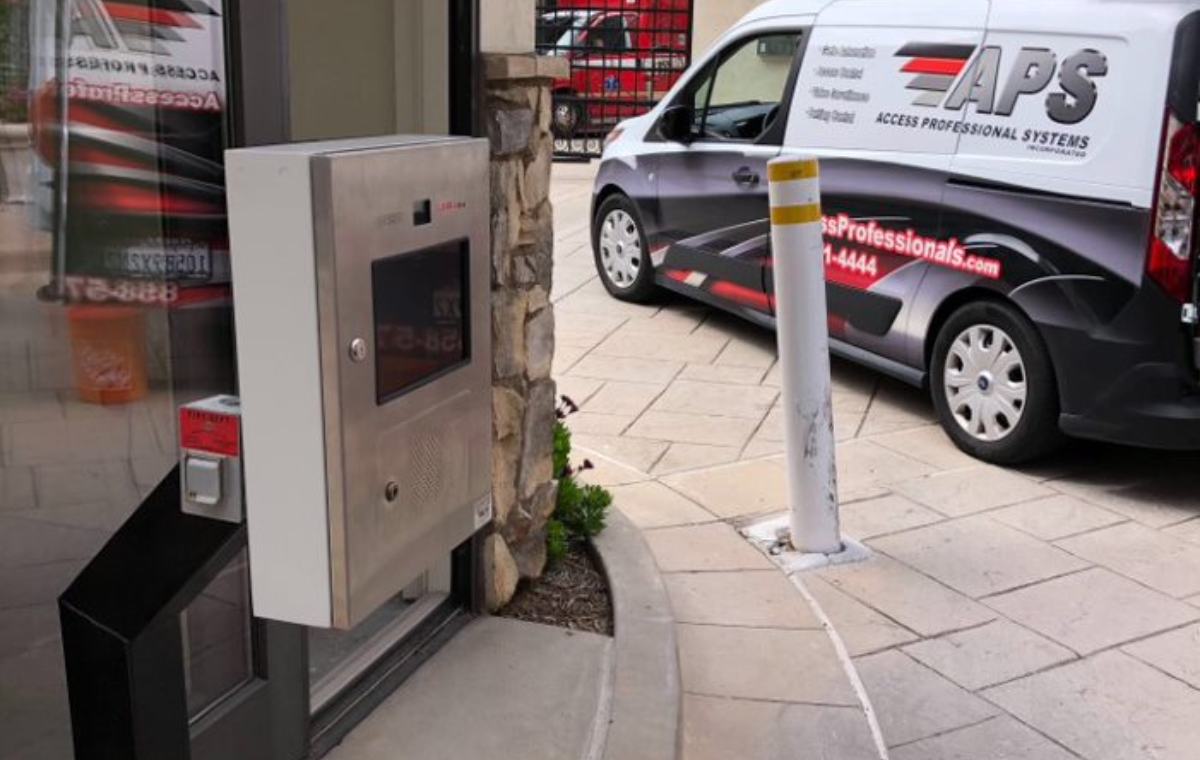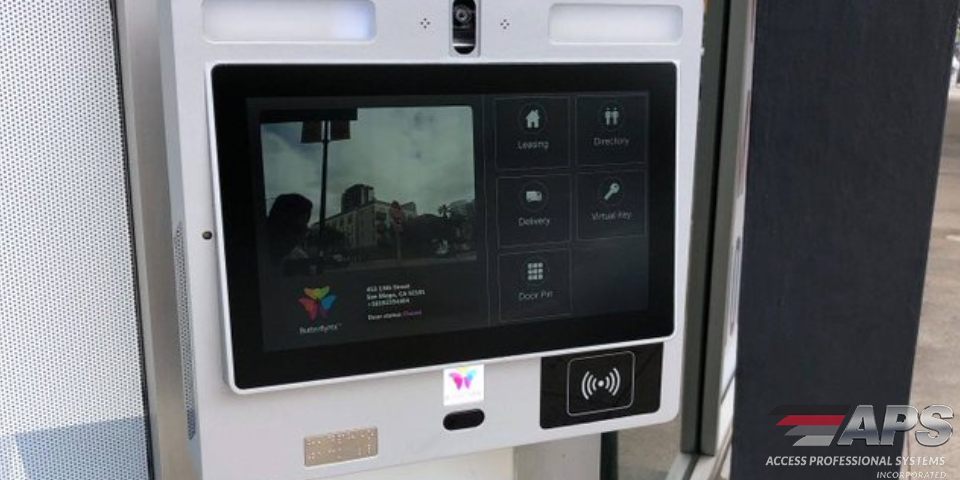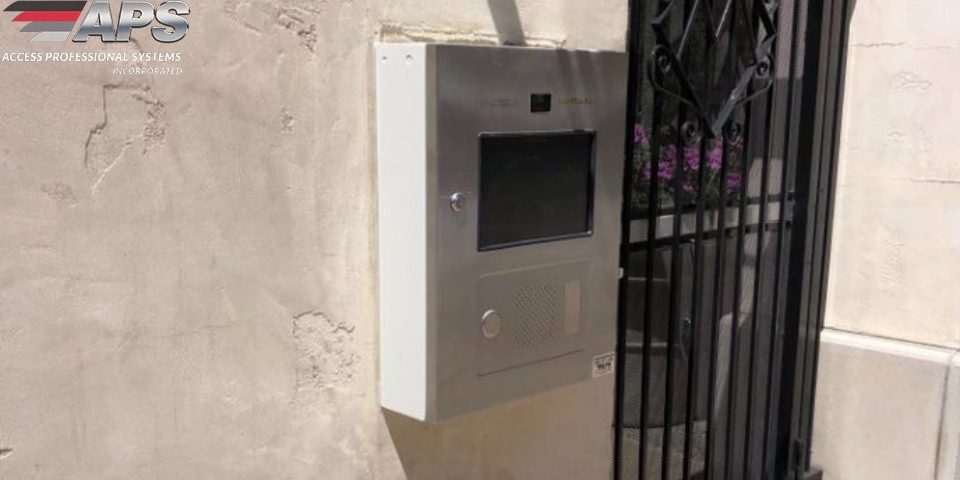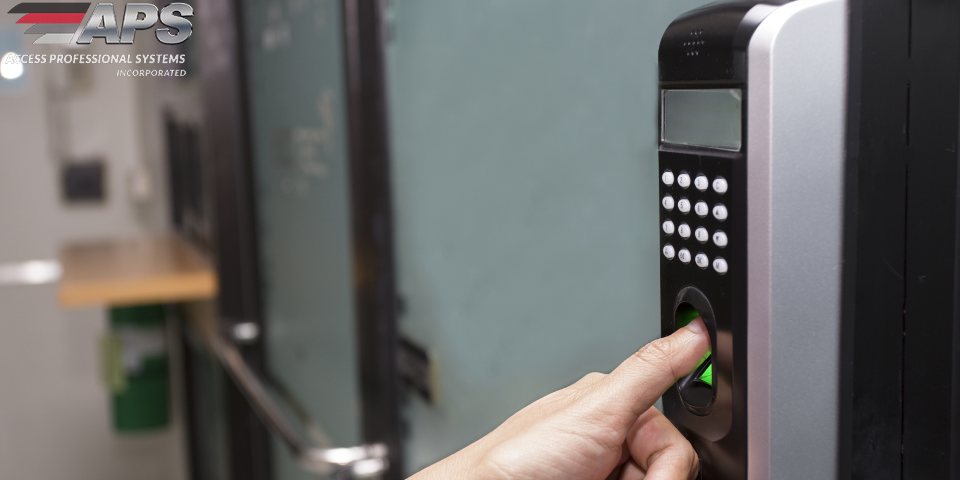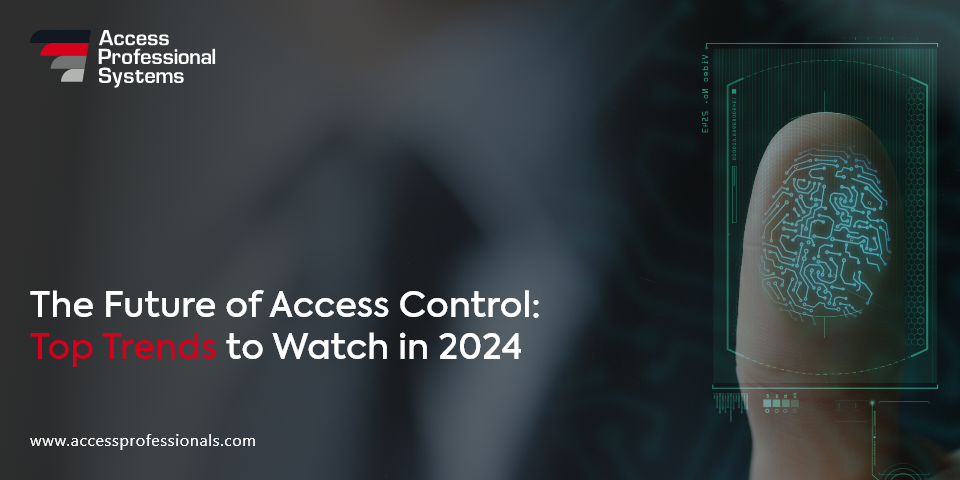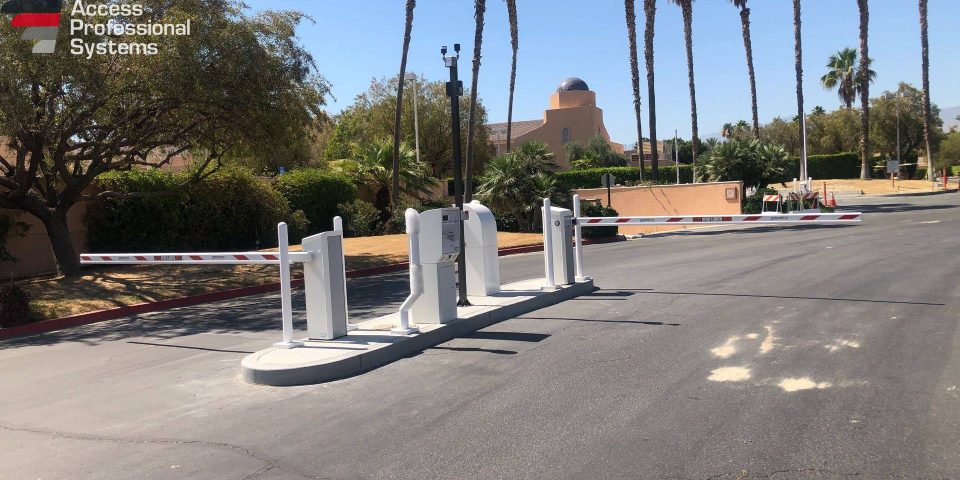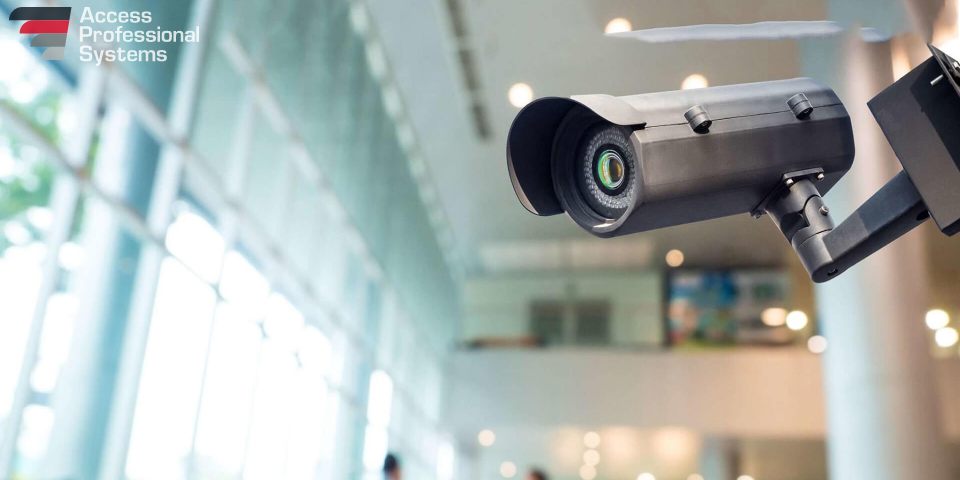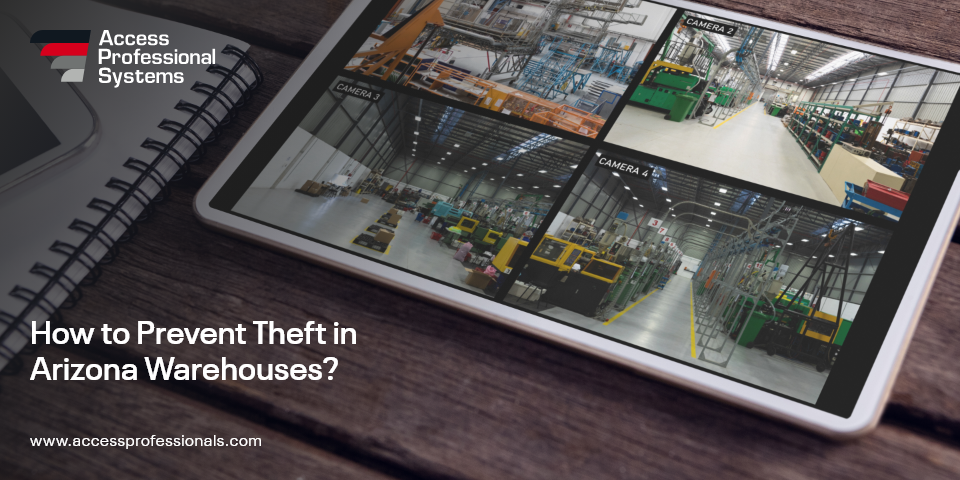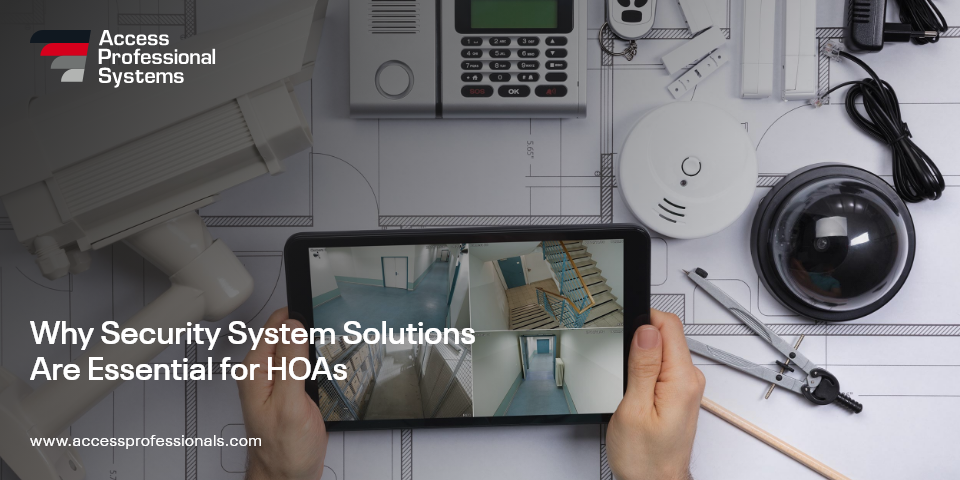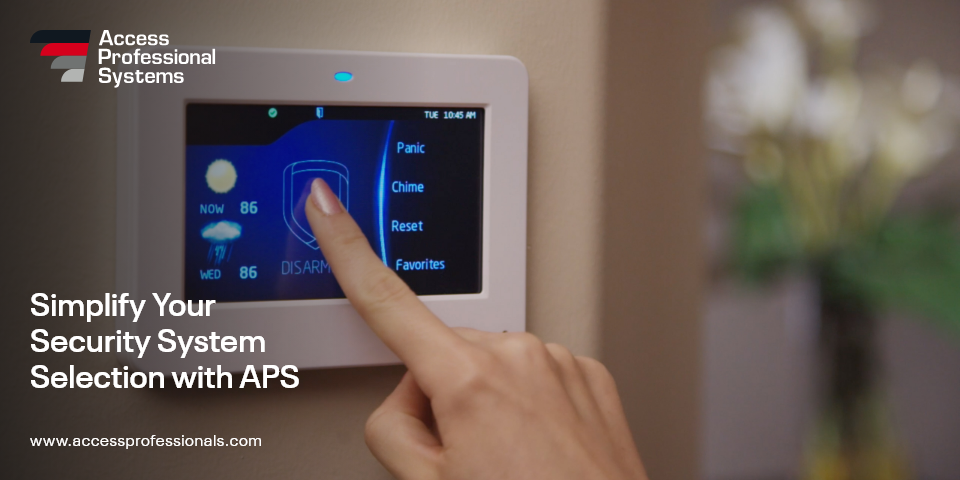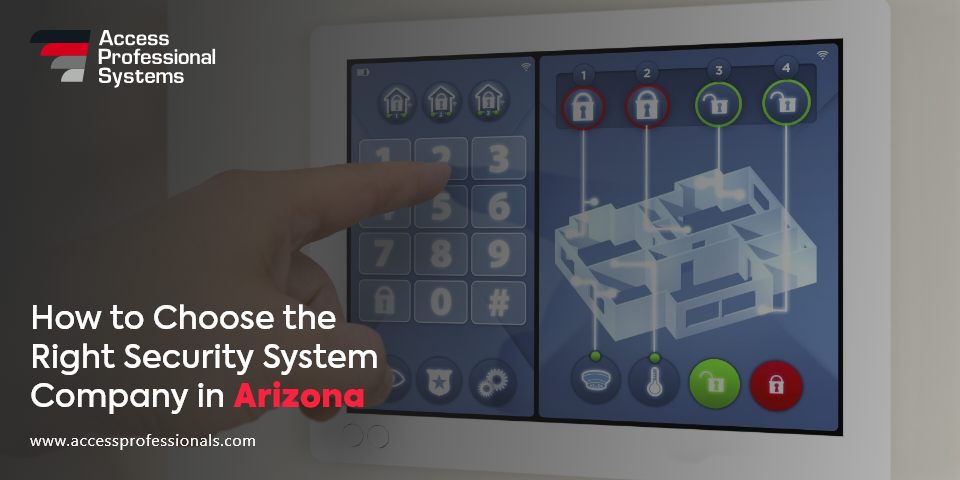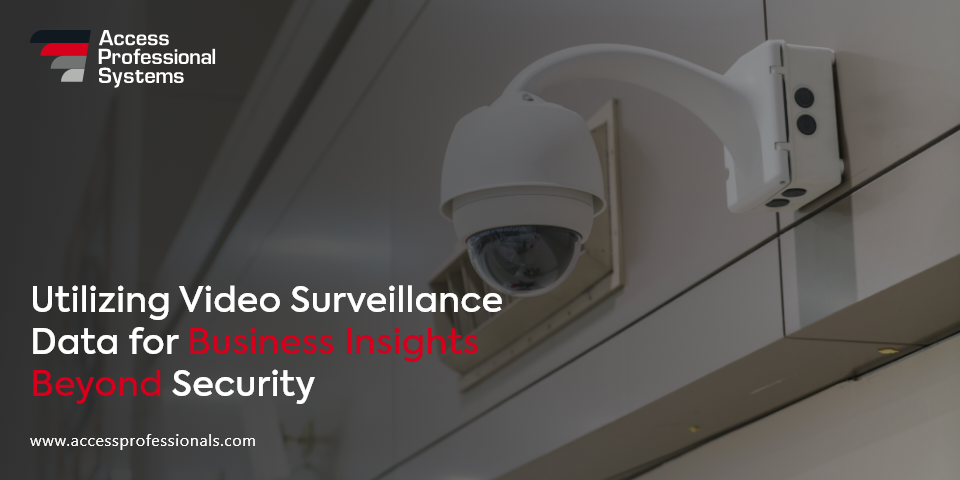
The Future of Access Technology
Top 5 Trends in Access Control Technology for 2024
What a year 2023 has been!
Stamped with data breaches and security incidents, shocking news updates from the IT & Security Sectors made waves globally in the past year. Such incidents have led the Cyber Security and Access Control Technology industries to innovate and advance security systems while ensuring total safety and staying ahead of the game.
As we step into 2024, the landscape of access control technology is evolving unprecedentedly. The demand for advanced security solutions has never been higher, with commercial property owners, facility managers, and security professionals seeking to integrate the latest technologies to safeguard their assets. From biometric authentication to AI-driven systems, the future of access control is defined by innovation and adaptability. In this blog, we’ll explore the top five trends shaping access control technology in 2024, offering insights into how these advancements will impact businesses and enhance security protocols.
Biometric Authentication: The Next Level of Security
Biometric authentication is not new, but its application in access control systems is becoming more sophisticated and widespread. By the end of 2024, biometric technologies like fingerprint scanners, facial recognition, and even iris scanning are expected to be integral to many commercial access control systems. According to recent industry reports, the global biometric authentication market will reach $68.6 billion by 2025, driven by the need for more secure and user-friendly access solutions.
Biometric systems offer unparalleled security by ensuring that only authorized individuals can access restricted areas. Unlike traditional vital cards or PINs, biometric data is nearly impossible to replicate, making it a preferred choice for high-security environments. As more companies adopt biometric access control features, the technology will continue to evolve, incorporating AI to improve accuracy and reduce the chances of false positives.
Cloud-Based Access Control: Flexibility and Scalability
Another significant trend that will dominate in 2024 is the shift toward cloud-based access control systems. Cloud technology offers a flexible and scalable solution for managing building access control systems, allowing businesses to monitor and control access remotely. This trend mainly benefits companies with multiple locations, enabling centralized access rights management and real-time site monitoring.
Cloud-based access control facilitates seamless integration with other building security systems, such as surveillance cameras and alarm systems, creating a comprehensive security network. According to a report by MarketsandMarkets, the cloud-based access control market will grow at a compound annual growth rate (CAGR) of 17.1% from 2021 to 2026, highlighting the increasing adoption of this technology.
AI-Powered Analytics: Enhancing Security with Intelligence
Artificial Intelligence (AI) revolutionizes access control systems by providing advanced analytics and decision-making capabilities. AI-powered access control systems can analyze behavior patterns, detect anomalies, and predict potential security breaches before they occur. This predictive approach allows businesses to take proactive measures to prevent unauthorized access and ensure the safety of their premises.
AI-driven systems can also enhance user experience by automating routine tasks like visitor management and identity verification. By leveraging machine learning algorithms, these systems can continuously improve their accuracy and efficiency, making them indispensable tools for modern security strategies.
Mobile Access Control: Convenience Meets Security
The rise of mobile access control is a testament to the growing demand for convenient and contactless security solutions. It’s 2024, and mobile credentials have already become a new standard feature of electronic access control systems, allowing users to unlock doors and access secure areas using their smartphones. This trend is driven by the widespread adoption of mobile devices and the need for touchless solutions in a post-pandemic world.
Mobile access control offers several advantages over traditional methods, including updating access rights remotely and eliminating physical, vital cards that can be lost or stolen. Additionally, mobile access can be integrated with other digital tools, such as mobile apps and smart home systems, providing a seamless user experience.
Integration with IoT: Creating Smart Security Ecosystems
The Internet of Things (IoT) is crucial in developing intelligent security ecosystems, where various devices and systems work together to enhance overall security. In 2024, access control systems will increasingly be integrated with IoT devices, such as smart locks, sensors, and cameras, to create a more interconnected and responsive security network.
IoT integration allows real-time data sharing and analysis, enabling faster response times and more informed decision-making. For instance, an IoT-enabled access control system can automatically lock doors or alert security personnel when a breach is detected, ensuring that potential threats are addressed immediately. As IoT technology evolves, we can expect even more sophisticated and efficient security solutions in the coming years.
To Sum It Up:
The future of access control technology is bright, with advancements in biometrics, cloud computing, AI, mobile access, and IoT driving the industry forward. These trends enhance security and provide businesses with more flexible, scalable, and user-friendly solutions to meet their unique needs. As we move into 2024, it’s clear that staying ahead of these trends will be crucial for companies looking to protect their assets and ensure the safety of their employees and customers.
At APS – Access Professional Systems, we are committed to providing our clients with the latest and most effective access control technologies. Whether you’re looking to upgrade your existing system or implement a new solution, our team of experts is here to help you navigate the complexities of modern security.
Contact us today to learn more about how we can help you stay ahead of the curve and secure your business for the future.
We look forward to hearing from you!
Share:








